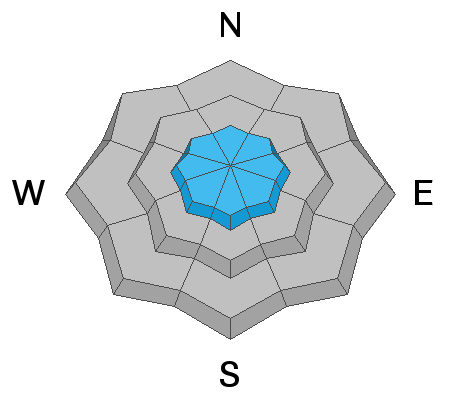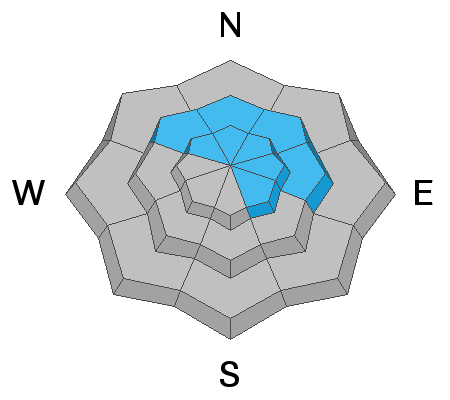Forecast for the Provo Area Mountains

Issued by Drew Hardesty on
Monday morning, March 4, 2019
Monday morning, March 4, 2019
A MODERATE DANGER exists in the Provo Mountains. Shallow wind drifts and loose snow avalanches may be found in steep terrain of the mid and upper elevations. Wet loose avalanches will again be likely with sun and daytime warming. Human triggered avalanches remain possible in thinner snowpack areas or areas that have avalanched previously this winter. Extra caution is advised.

Low
Moderate
Considerable
High
Extreme
Learn how to read the forecast here










